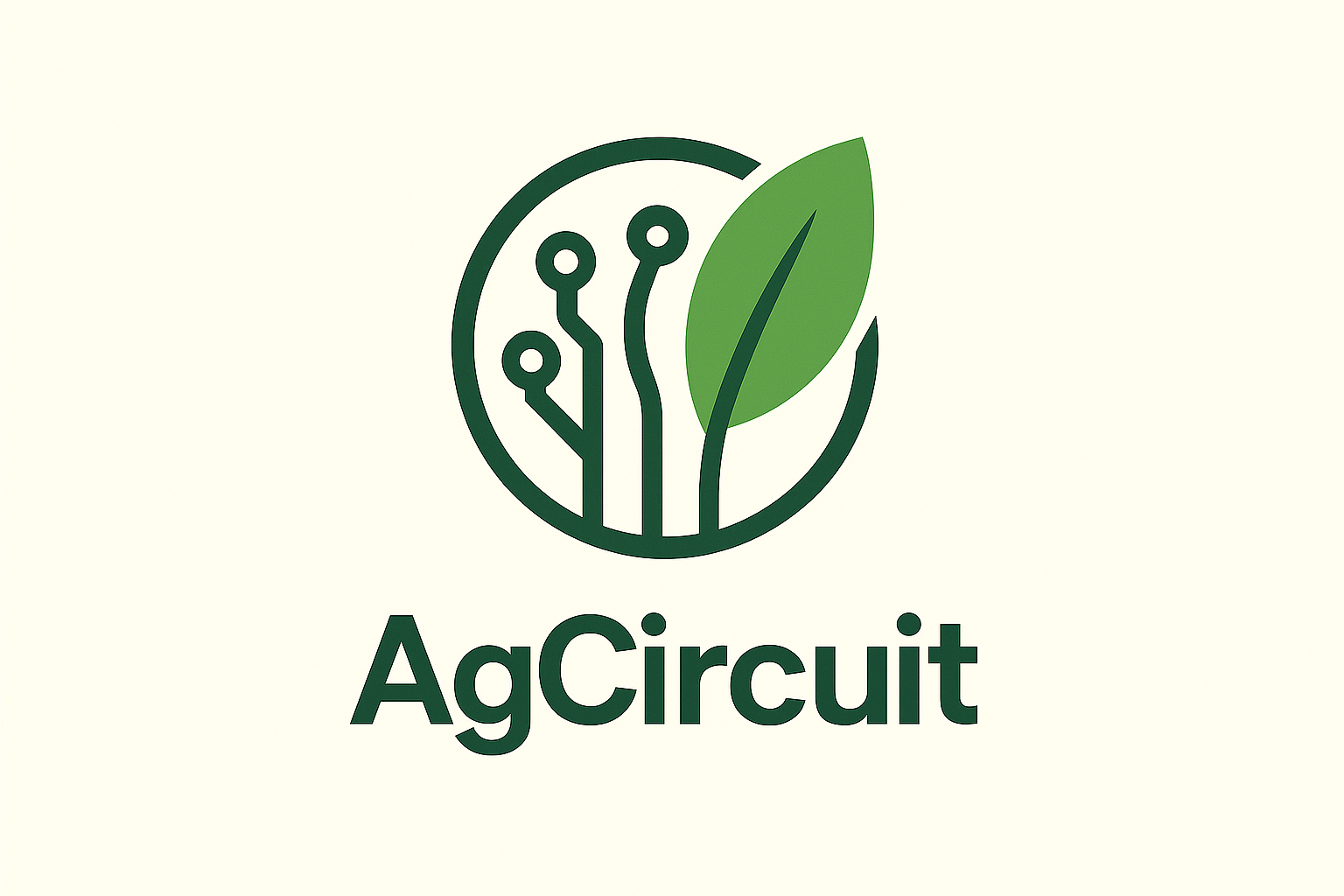Scientific progress rarely stems from gradual accumulation alone. Often, it is a single, incisive question—posed with curiosity and precision—that upends long-held assumptions, redefines frameworks, and propels discovery. This article explores how such moments of radical inquiry transform not just disciplines, but the very nature of how we know what we know.
The Power of a Single Question in Scientific Evolution
Curiosity-driven inquiry lies at the heart of scientific revolution. When researchers ask bold, probing questions—not to confirm hypotheses, but to challenge them—they open doors to new paradigms. This shift from passive observation to active questioning disrupts entrenched dogma, invites skepticism, and forces a reevaluation of fundamental truths. For example, questioning “What if observation itself shapes reality?” led to quantum mechanics, reshaping physics and philosophy alike. Similarly, asking “Why does the moon bear craters?” transformed lunar science from poetic speculation into geological investigation.
Disrupting Dogma Through Unexamined Assumptions
Scientific paradigms often rest on unchallenged assumptions. A single question can expose these blind spots and dismantle them. Consider Galileo’s challenge to Aristotelian cosmology: “Why does the moon have craters?” Rather than accepting celestial perfection, he demanded evidence. His telescopic observations revealed a rugged, cratered surface—directly contradicting ancient beliefs and undermining a worldview built on divine symmetry. This shift exemplifies how inquiry reframes what counts as valid knowledge.
Shifting Focus from Symptoms to Root Causes
Effective questioning moves beyond surface phenomena to uncover underlying mechanisms. Iterative probing transforms how problems are defined: instead of cataloging symptoms, scientists seek root causes. Kary Mullis’s pivotal question—“What if DNA amplification could be cyclic and enzymatic?”—shifted molecular biology from static imaging to dynamic enzymatic processes. This insight birthed PCR, a technique revolutionizing genetics, medicine, and forensic science.
| Core Mechanism | Example | Impact |
|---|---|---|
| Challenging accepted truths | Galileo’s “Why does the moon have craters?” | Overthrew Aristotelian cosmology |
| Reframing problems iteratively | Kary Mullis’s “Cyclic enzymatic DNA amplification” | Enabled PCR, transforming molecular biology |
| Exposing unexamined assumptions | Rosalind Franklin’s insight into X-ray diffraction patterns | Revealed DNA’s double helix structure |
Historical Precedents: When One Question Redefined a Field
Three landmark questions illustrate how one line of inquiry can reshape entire disciplines:
- Galileo’s “Why does the moon have craters?”: By demanding observational proof, he catalyzed a shift from myth to measurement, laying groundwork for modern astronomy.
- Rosalind Franklin’s “What does this pattern reveal about DNA’s structure?”: Her X-ray diffraction analysis exposed the helical nature of DNA, directly enabling Watson and Crick’s model.
- Kary Mullis’s “What if DNA amplification could be cyclic and enzymatic?”: This bold hypothesis birthed PCR, a technique now indispensable in diagnostics and genetic research.
Mechanisms: How Questioning Transforms Scientific Thinking
Questioning reshapes scientific cognition through three key mechanisms:
- Disrupting Dogma: By exposing unexamined assumptions, questions dismantle false certainties. For instance, Galileo’s moon craters challenged the dogma of celestial perfection, forcing a reevaluation of humanity’s place in the cosmos.
- Shifting Focus to Root Causes: Iterative questioning redirects attention from symptoms to origins. Kary Mullis’s PCR question moved focus from static DNA images to dynamic, enzyme-driven processes, unlocking new experimental methods.
- Bridging Disciplines: Probing questions often cross fields, fostering innovation. Franklin’s X-ray insights bridged physics and biology, enabling structural biology as a transformative discipline.
The Case of “How a Single Question Changed Scientific Thinking”
Analyzing this concept reveals a pattern: pivotal questions act as intellectual catalysts, triggering cascading intellectual shifts. The original question reframes the problem space, dislodges outdated models, and invites collaborative validation. Consider how Galileo’s query evolved into telescopic astronomy, then into modern astrophysics. Or how Franklin’s pattern recognition led to molecular biology’s golden era. Each cascade begins not with data alone, but with a question that redefines what is worth investigating.
| Stage | Action | Outcome |
|---|---|---|
| Original Question | “Why does the moon have craters?” | Sparked telescopic observation, challenged Aristotelian cosmology |
| Iterative Probing | “What causes these patterns?” → “How can enzymes replicate DNA?” | Enabled PCR, revolutionizing genetics and medicine |
| Validation and Expansion | Experimental confirmation of PCR’s cyclic process | PCR became foundational in forensics, diagnostics, and genomics |
Non-Obvious Dimensions: Beyond the Headline
While the headline highlights a singular turning point, the deeper story lies in the cultural and psychological conditions enabling such inquiry. Bold questions thrive where skepticism coexists with intellectual openness—a balance often fragile. In environments suppressing dissent, even valid questions risk suppression. Conversely, curiosity-rich cultures—like Renaissance Italy or modern research labs—nurture the conditions for radical questioning.
The tension between skepticism and openness is critical. Too much skepticism stifles risk-taking; too little prevents validation. Long-term, questions like these reshape not only science but society: they influence education, policy, and public understanding. For example, PCR’s emergence reshaped global health responses, illustrating how a single question can alter human destiny.
Lessons for Modern Inquiry
Cultivating a questioning mindset is essential for learners and researchers alike. Cultivate intellectual humility—question assumptions not out of rebellion, but from genuine curiosity. Educational environments should reward inquiry over rote learning, encouraging students to ask “why” deeply and often. Design classrooms and labs where open dialogue and skepticism are celebrated, not punished.
Use real-world examples—such as “How a Single Question Changed Scientific Thinking”—to inspire deeper engagement. These stories ground abstract epistemology in tangible impact, showing that science advances not through certainty, but through courageous doubt.
In the end, the greatest scientific leaps begin with a simple, powerful question. It is the spark that ignites discovery, challenges dogma, and reshapes what we know. Embracing this mindset is not just a method—it is the heart of progress.
| Key Mechanisms of Questioning in Science |
|
|---|---|
| Pivotal Questions and Their Impact |
|
